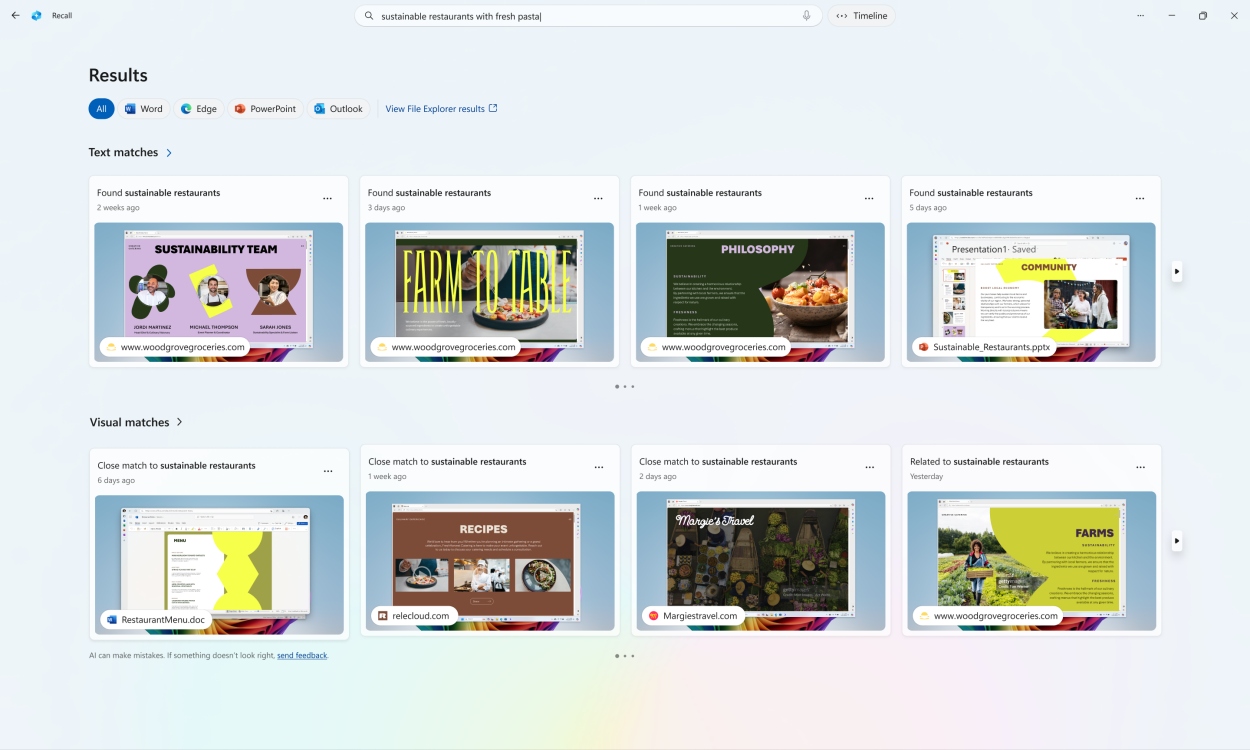Windows Insider Scoop: Microsoft Revives Recall with Cutting-Edge Copilot+ Enhancements

Microsoft's AI-powered Recall feature is making a comeback after addressing critical security concerns. Following a temporary pause, the innovative Windows feature is now being rolled out to Windows Insiders, signaling a promising return.
Initially delayed due to significant privacy and security vulnerabilities, Microsoft has been diligently working to resolve these issues. The company's proactive approach demonstrates its commitment to user safety while maintaining the cutting-edge functionality of Recall.
Windows Insiders can now test the revamped feature, which promises to provide an intelligent way to track and search through your computer's activities. This development suggests that Microsoft has successfully mitigated the previous security risks, paving the way for a more secure and user-friendly experience.
As the feature gradually becomes available, tech enthusiasts and early adopters can look forward to exploring Recall's enhanced capabilities, marking an important milestone in Microsoft's AI integration strategy.
